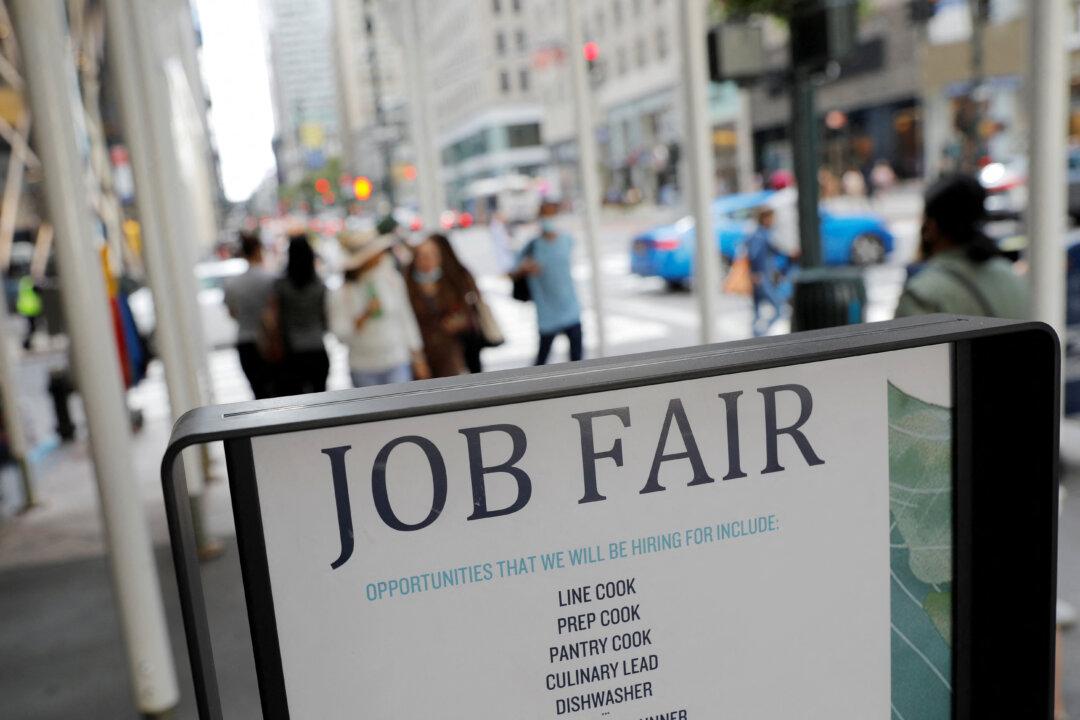WASHINGTON—The number of Americans filing new claims for unemployment benefits fell more than expected last week, but that likely does not change the view that the labor market is gradually slowing as higher interest rates cool demand in the economy.
Though the weekly jobless claims report from the Labor Department on Wednesday also showed unemployment rolls declining for the first-time since mid-September, they remained near the highs for this year. The drop in both initial and continuing claims likely reflected ongoing challenges ironing out seasonal fluctuations from the data.





